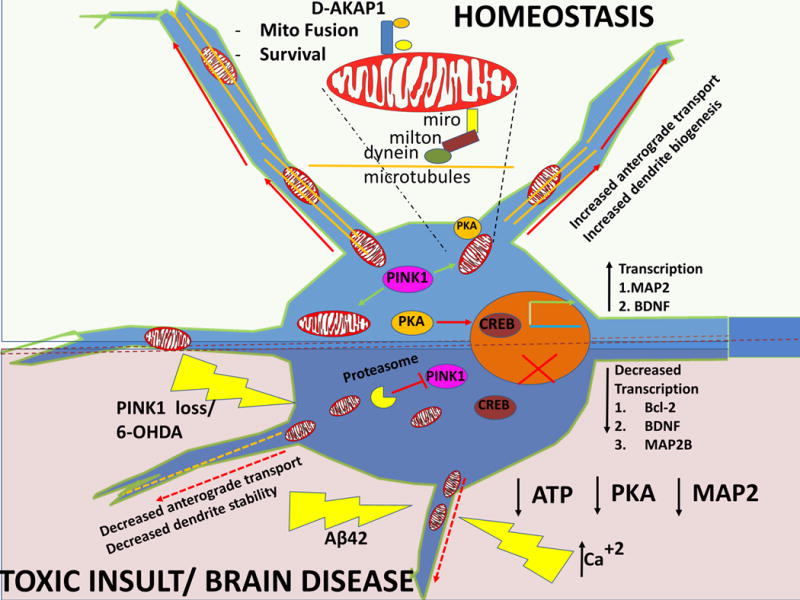Figure 1. A decline of PKA-protective signaling pathways in brain degenerative diseases leads to a loss of neurites.

A continuous level of mitochondrial turnover, anterograde trafficking of mitochondria to neurites (shown for dendrites only), neurotrophic support as maintained by protective ser/thr kinases (PINK1 and PKA), and dendrite-remodeling events are required to maintain dendritic arbors and synaptic connectivity in neurons under physiological conditions (top half of the figure). However, loss of protective PKA signaling as induced by oxidative stress and as evidenced in PD and AD models, leads to increased oxidative stress, Drp1-dependent mitochondrial fragmentation, decreased oxidative phosphorylation, impaired mitochondrial trafficking, decreased mitochondrial biogenesis, and altered CREB localization/transcriptional-related activities (bottom half of figure).
Future endeavors should focus on developing therapies with the end-goal of “normalizing” the activities of distinct compartmentalized pools of PKA in neuronal subpopulations affected by brain degenerative diseases. Legend: 1) Yellow thunders: reactive oxygen species/toxic insult. 2) Orange lines in dendrites: microtubules, 3) Green arrow in nucleus: transcriptional activity.
